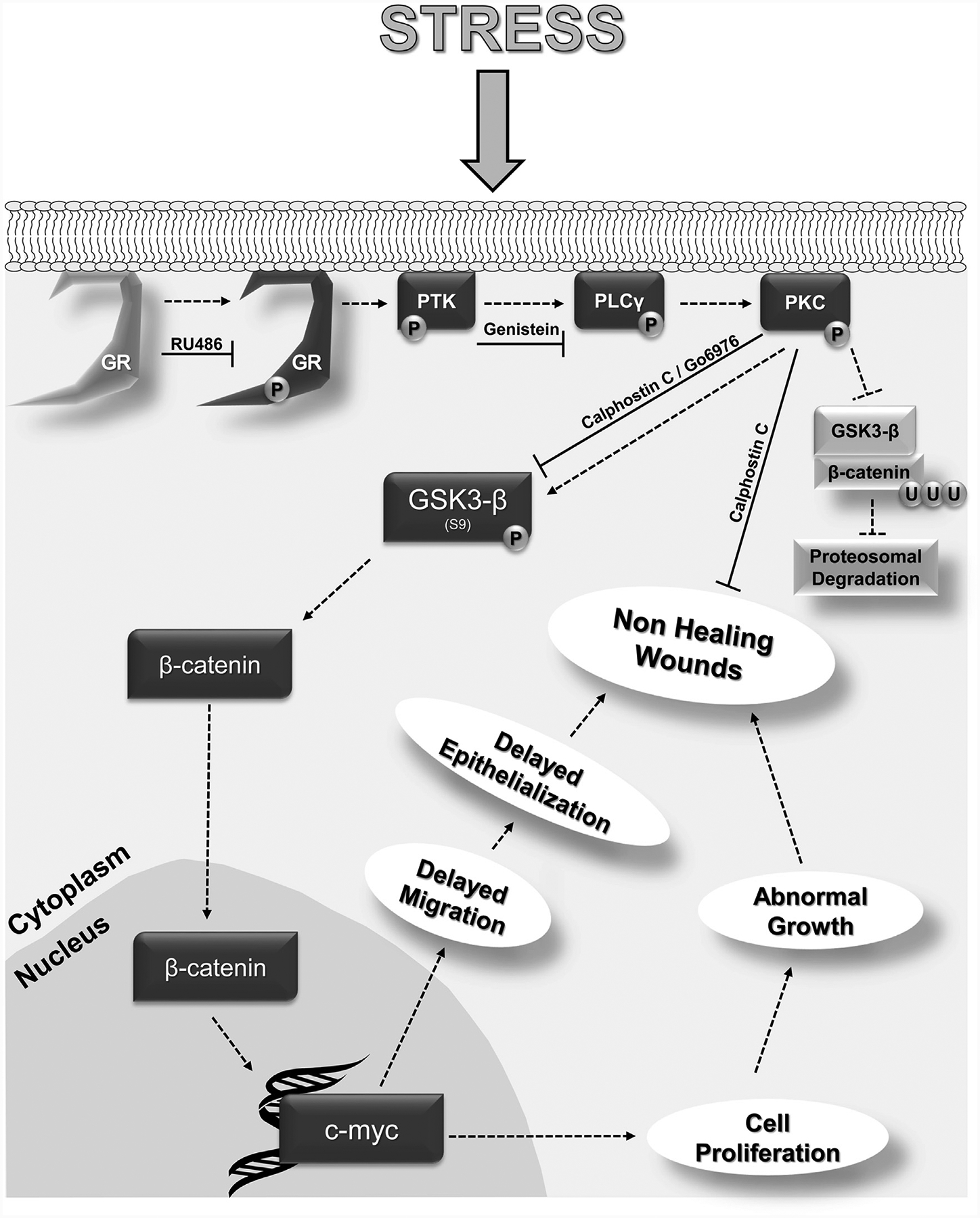Figure 6. Proposed mechanism by which GC-mediated activation of mbGR contributes to inhibition of keratinocyte migration and wound healing.

A diagram summarizing findings from this study is shown. Upon binding to the membranous fraction of GR, GCs induce a phosphorylation and activation of GR, followed by activation PLCγ (via PTK), PKC, and subsequent phospho-inactivation of GSK-3β. This in turn liberates β-catenin from the inactivation complex thereby allowing it to translocate into the nucleus and induce c-myc expression, thus inducing cell proliferation while delaying keratinocyte migration and subsequent epithelialization. GC, glucocorticoid; GR, glucocorticoid receptor; GSK-3β, glycogen synthase kinase 3 beta; mbGR, membranous glucocorticoid receptor; P, phosphorylation; PKC, protein kinase C; PLC, phospholipase C; PTK, protein tyrosine kinase; U, ubiquitination.
